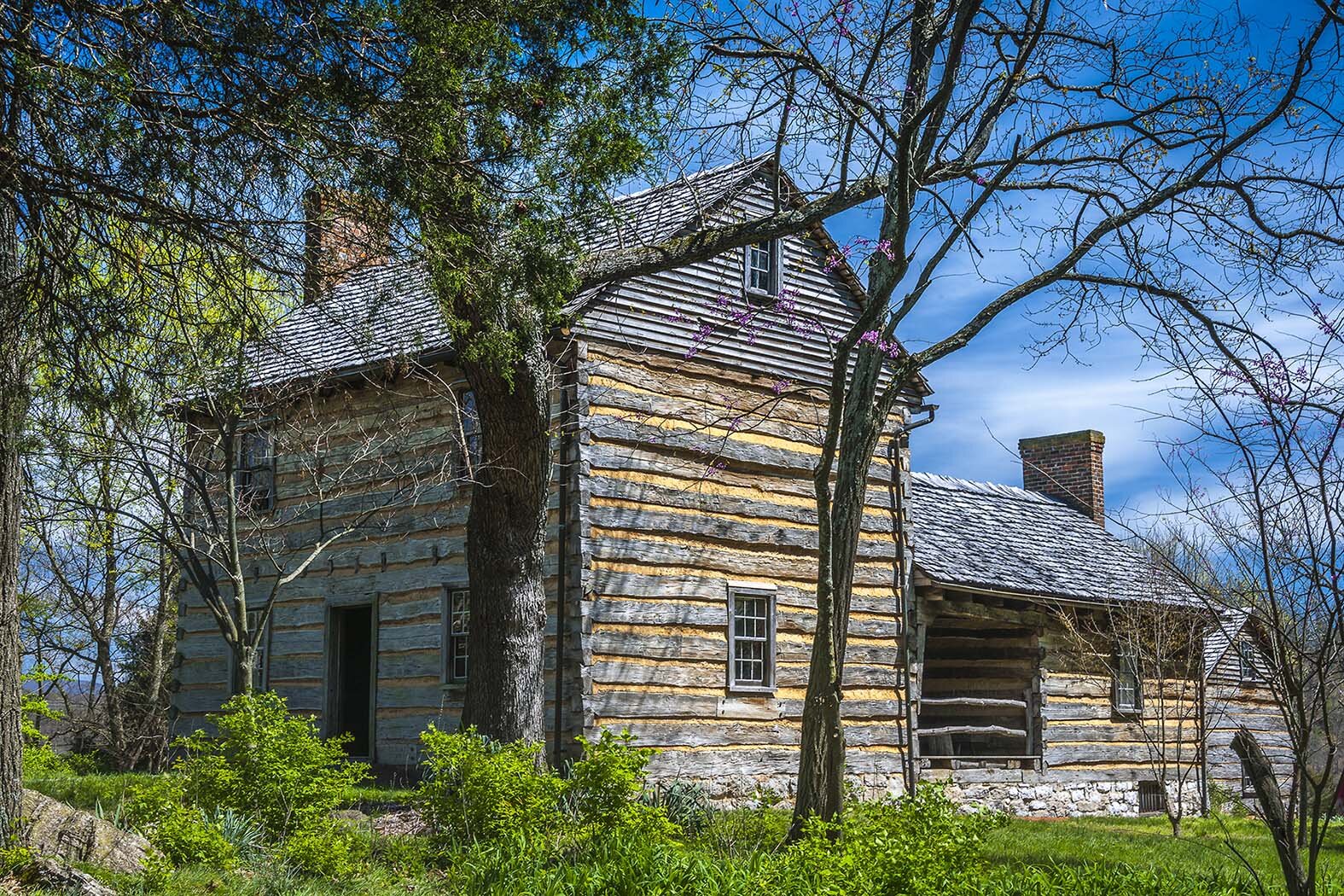Cobb House
Cobb House - Exterior
Welcome to the heart of Rocky Mount – the Cobb House. You’re standing on ground first settled by William Cobb around the 1770s. The impressive log structure before you represents his frontier homestead: a substantial, resilient building reflective of life on the early Tennessee frontier.
Yet, this place holds significance far beyond being a home. This site became the first capital of the Southwest Territory, serving as its crucial center of government from 1790 to 1792. It was right here that Governor William Blount, appointed by President George Washington, conducted official business—negotiating treaties, managing land claims, and shaping the future of what would soon become the state of Tennessee.
Things to Notice:
Construction: Observe the hand-hewn logs and chinking, hallmarks of early frontier building practices. While historic structures evolve, and materials may reflect changes over time, this architecture vividly represents the scale and strength required for a prominent frontier home.
Scale: A two-story home like this was uncommon on the frontier and signified prominence—this was clearly a place of importance.
Foundation: Note the sturdy stone base, essential for lifting the logs off the damp earth to protect and preserve the structure.
Setting: Try to imagine the scene nearly 250 years ago: a hub of activity with settlers arriving, Native American delegations visiting for crucial negotiations, and the foundations of a new state being laid.
While the building itself tells a story of adaptation over time, the ground itself is profoundly historic. These are the original capital grounds—a unique place where American governance met the challenges and opportunities of the western frontier.
The Road to 250
As the United States approaches its 250th anniversary in 2026, Rocky Mount offers a direct connection to the beginnings of statehood and the expansion of democracy into the West. Visiting these grounds allows you to walk where a vital chapter of that American story unfolded.
Did You Know?
Rocky Mount is authentically interpreted as the first territorial capital site, reflecting its documented historical function from 1790-1792. Architectural analysis suggests that major components of the physical structure you see today, such as logs and framing, likely date from reconstruction or significant repairs in the early 1800s. (If the 1828 date from dendrochronology is preferred, you can easily substitute it here.)
